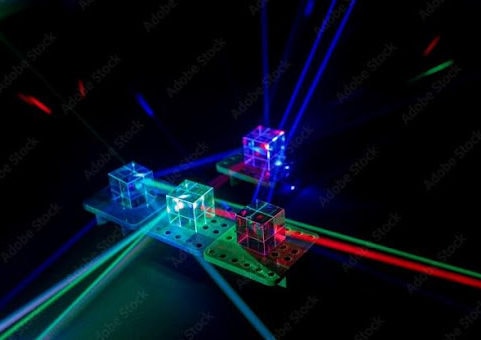The Role of Cold Mirrors in Modern Optics
Created at : Aug 14 2025
Managing light and heat is crucial for both practical applications and scientific research. Among specialized optical components, cold mirrors play an essential role in controlling light by selectively reflecting infrared (IR) radiation while transmitting visible light. This unique property makes cold mirrors vital in applications ranging from lighting systems to optical instruments and imaging devices. This article explores the function and purpose of cold mirrors, how they differ from hot mirrors, and the manufacturing techniques that give them their precise optical performance.
Function and Purpose of Cold Mirrors
Cold mirrors are optical components designed to reflect infrared light while transmitting visible light. They achieve this by taking advantage of wavelength-selective reflection, which allows the mirror to separate light based on its wavelength. Visible light, ranging approximately from 400 to 700 nanometers, passes through the mirror, while infrared light, with longer wavelengths, is reflected.
The primary purpose of cold mirrors is heat management. Infrared radiation is a major source of heat in lighting systems, projectors, and imaging devices. By reflecting IR while allowing visible light to pass, cold mirrors prevent heat from reaching sensitive optical components or illuminated areas. This capability enhances both the efficiency and safety of optical systems.
For example, in lighting fixtures, a cold mirror reflects infrared radiation away from the illuminated space, reducing unwanted heating while ensuring that visible light reaches the desired target. In projectors and imaging systems, cold mirrors prevent heat from building up on lenses, filters, or sensitive electronics, maintaining image quality and prolonging equipment lifespan.
Cold mirrors are also used in scientific instruments, such as microscopes or spectrometers, where infrared radiation could interfere with measurements or damage delicate samples. By reflecting IR away, cold mirrors allow precise observation and imaging without thermal distortion.
Cold Mirrors vs. Hot Mirrors
Cold mirrors and hot mirrors are complementary components, each designed for wavelength-selective reflection, but with opposite behaviors:
- Cold mirrors reflect infrared light and transmit visible light.
- Hot mirrors reflect visible light and transmit infrared light.
The choice between a cold mirror and a hot mirror depends on the specific requirement of the optical system. Cold mirrors are used when the priority is to remove heat from a system by reflecting IR, while preserving the transmission of visible light. Hot mirrors, in contrast, are chosen when the goal is to maintain visible light reflection while allowing IR to escape.
Both cold and hot mirrors rely on dielectric multilayer coatings, but the arrangement and thickness of the layers differ. In cold mirrors, the coatings are designed to reflect longer IR wavelengths while allowing shorter visible wavelengths to pass. In hot mirrors, the coatings are tuned to reflect visible light and transmit infrared. Understanding these differences is crucial in applications such as projector design, lighting, and thermal management in optical instruments.
Manufacturing of Cold Mirrors
The manufacturing of cold mirrors is a highly precise process that relies on careful design, material selection, and advanced deposition techniques. At the heart of a cold mirror’s function is its dielectric multilayer coating, which creates optical interference effects that control which wavelengths are reflected and which are transmitted.
1. Substrate Selection
The first step in manufacturing a cold mirror is selecting a suitable substrate, typically optical-grade glass such as BK7 or quartz. The substrate must be extremely flat and smooth to prevent scattering or distortion of light. Any imperfections at this stage can degrade the mirror’s optical performance, making strict quality control essential.
M2. Coating Design
Cold mirror coatings consist of alternating layers of high and low refractive index materials, such as titanium dioxide (TiO₂) and silicon dioxide (SiO₂). Each layer is designed with a thickness that is a precise fraction of the wavelength of light it is intended to manipulate, often a quarter-wave thickness.
The multilayer stack is engineered to reflect infrared wavelengths while allowing visible light to pass through. Optical design software is typically used to simulate and optimize the layer structure, ensuring that the mirror achieves high IR reflectivity without significantly reducing visible light transmission. The number and thickness of layers are tailored to meet specific performance requirements for bandwidth and reflectance.
3. Deposition Techniques
After the coating design is finalized, the dielectric layers are applied to the substrate using high-precision vacuum deposition techniques. Common methods include:
- Physical Vapor Deposition (PVD): Coating materials are vaporized in a vacuum chamber and condense onto the substrate.
- Electron Beam Evaporation: A high-energy electron beam melts the coating material, which then deposits as thin layers.
- Sputtering: Ions bombard a target material, releasing atoms that coat the substrate uniformly.
Each layer is deposited with nanometer-level precision, as even small variations can shift the mirror’s reflective and transmissive properties.
4. Layer Count and Precision
Cold mirrors often contain tens to hundreds of alternating layers, depending on the desired IR reflectivity and visible light transmission. Layer thickness and uniformity are critical; minor deviations can reduce performance or create unwanted reflections. Modern coating systems are capable of controlling layer thickness to within a few nanometers, ensuring the mirror functions exactly as designed.
5. Post-Processing and Quality Control
Once deposition is complete, the mirror may undergo annealing, a controlled heating process that improves adhesion and optical stability. Protective overcoats are often applied to enhance durability against scratches, moisture, and environmental wear.
Finally, cold mirrors are rigorously tested to measure reflectance in the infrared spectrum and transmittance of visible light. Only mirrors that meet strict optical performance standards are approved for use, as even minor defects can compromise system efficiency and safety.plications of Cold Mirrors
Cold mirrors are widely used in optical systems where heat management and light control are critical. Their ability to reflect infrared radiation while transmitting visible light makes them indispensable in many industries and technologies.
- Lighting Systems: Cold mirrors are commonly used in stage lighting, studio lighting, and architectural fixtures. By reflecting infrared heat away from illuminated areas, they prevent overheating and reduce energy wasted as heat, while maintaining bright, clear visible light.
- Projectors and Displays: In projectors and high-intensity display systems, cold mirrors protect lenses, filters, and electronic components from heat generated by powerful light sources. This helps maintain image quality and prolongs the life of sensitive components.
- Microscopy and Imaging: In scientific imaging, infrared radiation can distort images or damage samples. Cold mirrors remove unwanted IR while transmitting visible light, allowing precise observation and imaging without thermal interference.
- Medical and Laboratory Instruments: Cold mirrors are used in medical devices, laser systems, and laboratory instruments to control heat exposure. By reflecting IR away from delicate tissues or sensitive instruments, they ensure safety and accuracy.
- Industrial Applications: Cold mirrors help manage heat in optical sensors, machine vision systems, and high-power lighting setups, improving both safety and system reliability.
- Photographic and Cinematic Lighting: Cold mirrors reduce heat buildup on actors, sets, and camera equipment while delivering consistent illumination, enhancing comfort and protecting equipment during long shoots.
Conclusion
Cold mirrors are essential components in modern optics, offering the ability to reflect infrared light while transmitting visible light. Their selective wavelength reflection allows optical systems to manage heat effectively, enhancing performance, safety, and longevity.
Contrasting with hot mirrors, which reflect visible light and transmit IR, cold mirrors are specifically designed to remove heat while maintaining visibility, demonstrating the importance of wavelength-selective optics in both engineering and scientific applications.
The manufacturing of cold mirrors involves advanced design, precise multilayer coating deposition, and rigorous quality control. From substrate selection to the deposition of hundreds of nanometer-thin layers, every step ensures that the mirror performs exactly as intended. In applications ranging from lighting and projectors to microscopy and scientific instruments, cold mirrors illustrate how optical engineering can elegantly solve the challenges of heat and light management.

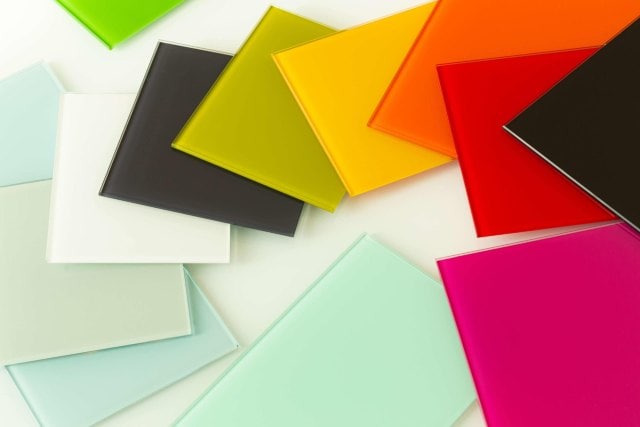 CUSTOM OPTICAL FILTERS
CUSTOM OPTICAL FILTERS
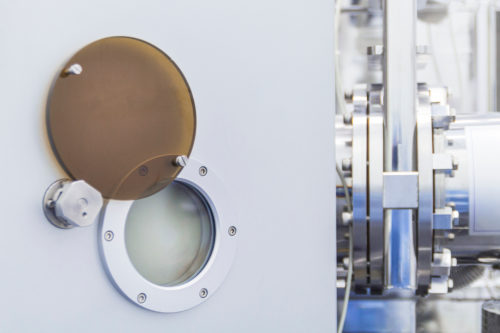 OPTICAL WINDOWS
OPTICAL WINDOWS
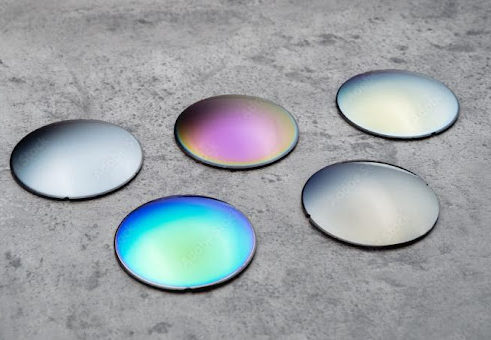 OPTICAL COATINGS
OPTICAL COATINGS
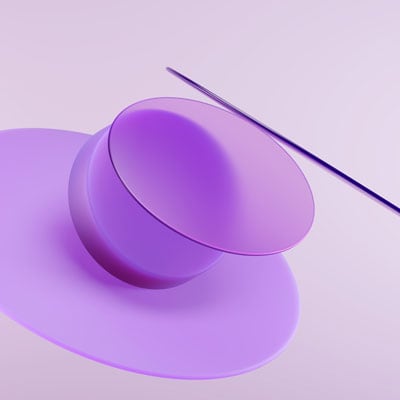 UV OPTICS
UV OPTICS
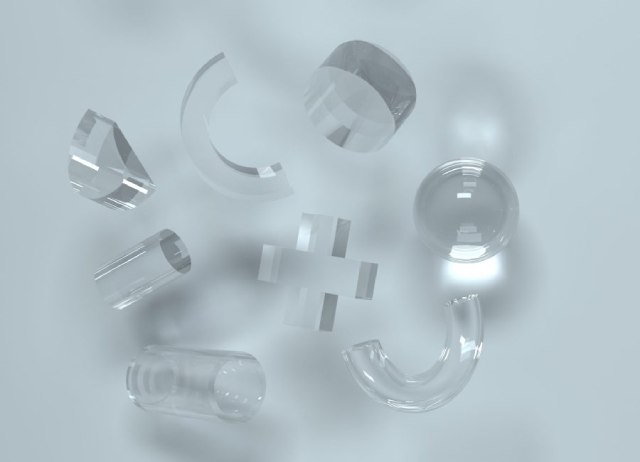 CYLINDRICAL OPTICS
CYLINDRICAL OPTICS
 CUSTOM TEMPERED OPTICS
CUSTOM TEMPERED OPTICS
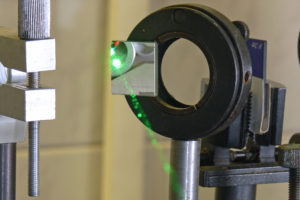 OPTICAL MIRRORS
OPTICAL MIRRORS
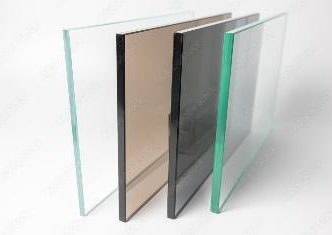 NEUTRAL DENSITY
NEUTRAL DENSITY
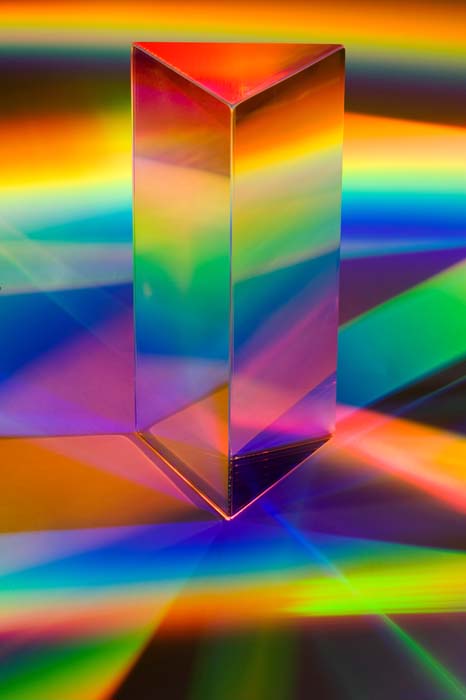 PRISMS & RETROREFLECTORS
PRISMS & RETROREFLECTORS
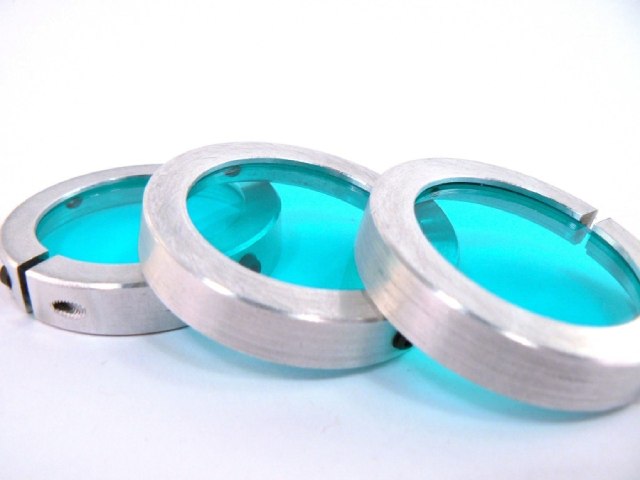 ASSEMBLIES
ASSEMBLIES
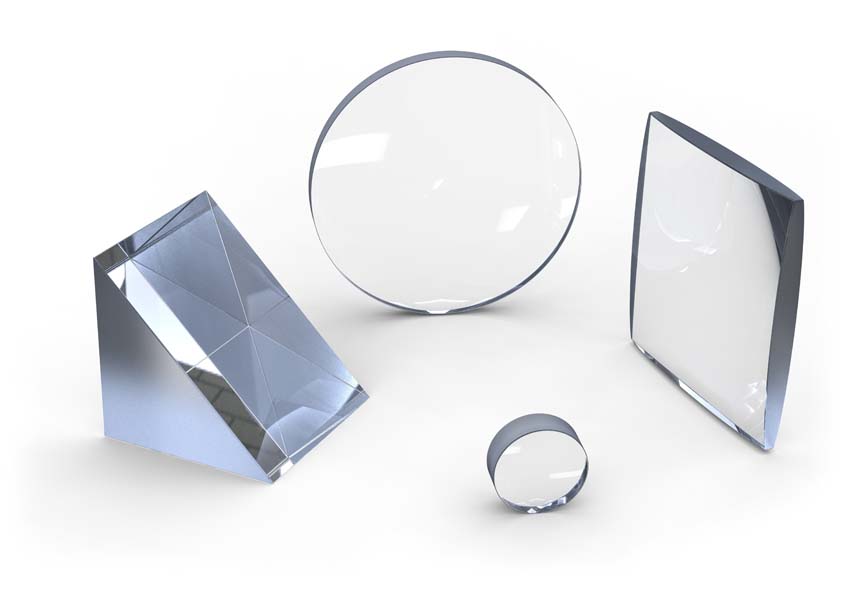 OPTICAL LENSES
OPTICAL LENSES
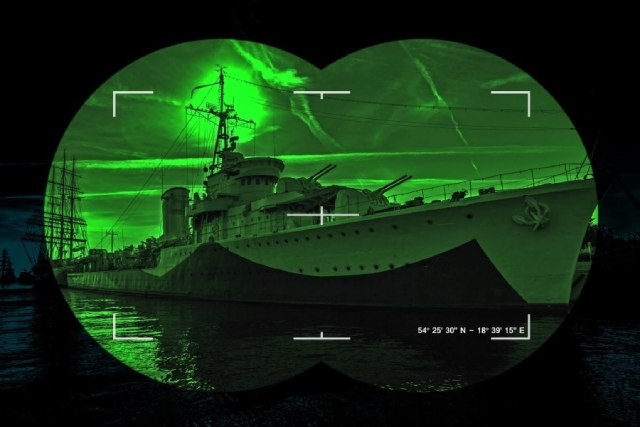 NIGHT VISION FILTERS
NIGHT VISION FILTERS
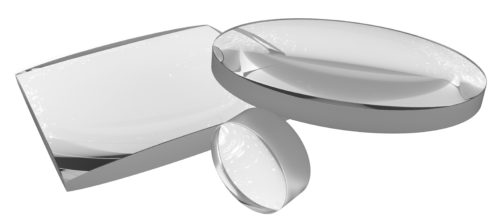 ACHROMATIC LENSES
ACHROMATIC LENSES
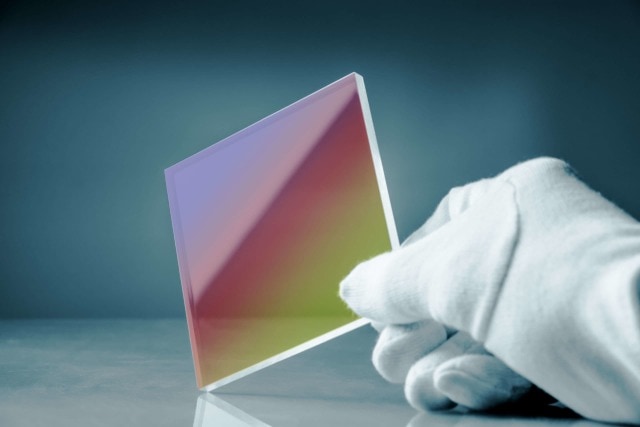 OPTICAL BEAM SPLITTERS
OPTICAL BEAM SPLITTERS
